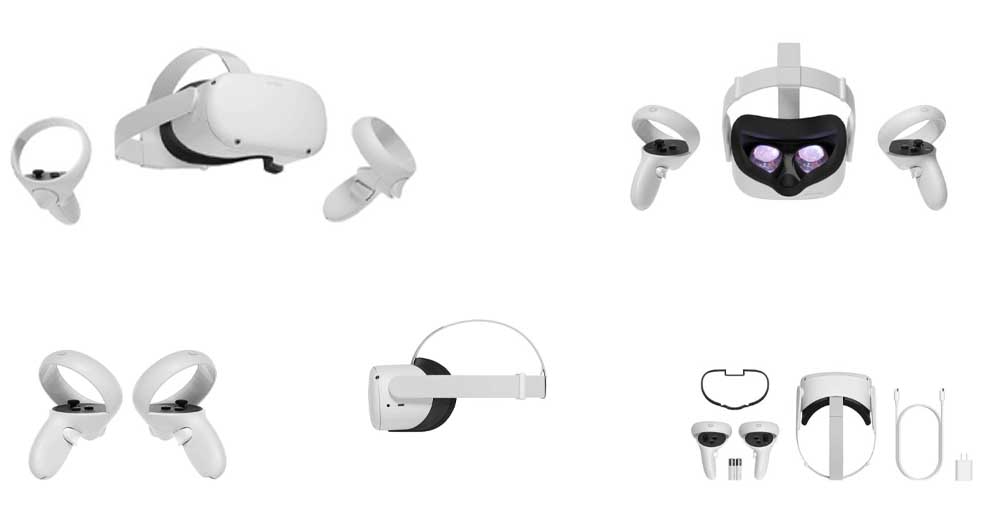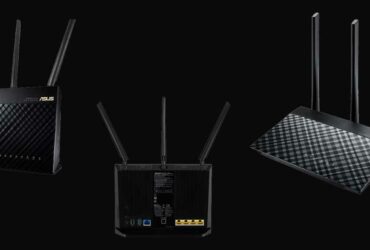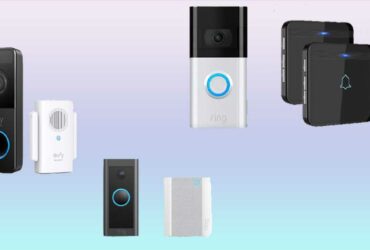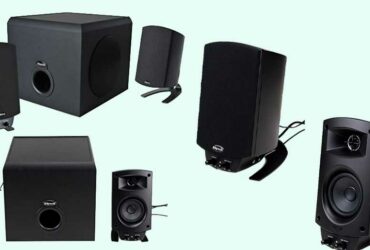In recent years, the use of AR (Augmented Reality) technology has increased. You’ve definitely altered your visage using the Snapchat and Instagram filters. Of course, these filters are the most straightforward and fundamental type of AR technology.
In order to put AR technology into the simplest terms possible, it can be described as creating a new scene by adding special effect layers to the images of the outside world that we already view. To describe it more precisely, it is an abstract computer effect produced by technology and blended with the physical environment.
You will be able to interact with the CGI renderings in the Real World using AR technology. AR technology can be used in 3D as well as 2D on the newest laptops and smartphones. A video game that emphasizes augmented reality technology is the well-known game “Pokemon Go” from recent years. You have to roam the map of this game and catch 3D Pokemon that don’t exist in reality.
Although augmented reality technology has been around for more than ten years, it is still widely used today. Google and Project Tango attempted to revolutionize augmented reality technology, but they were unable to do it because of a lack of specialized hardware. Nevertheless, everything changed after Apple’s outrageous promises and the development of a framework dubbed ARkit where developers could produce distinct AR apps. We have been concentrating on augmented reality (AR) since the release of the iPhone 8, and with the iPhone 12 Pro, we introduced a LiDAR Scanner, allowing us to deploy even more precise and attractive AR technologies.

As things stand, Mark Zuckerberg’s Meta platform will enable the usage of augmented reality (AR) technology as well as other reality technologies including mixed reality (MR), virtual reality (VR), and extended reality (XR). If that’s all there is to it, I believe that everyone is aware of AR technology, which will continue to advance quickly in the coming years.















